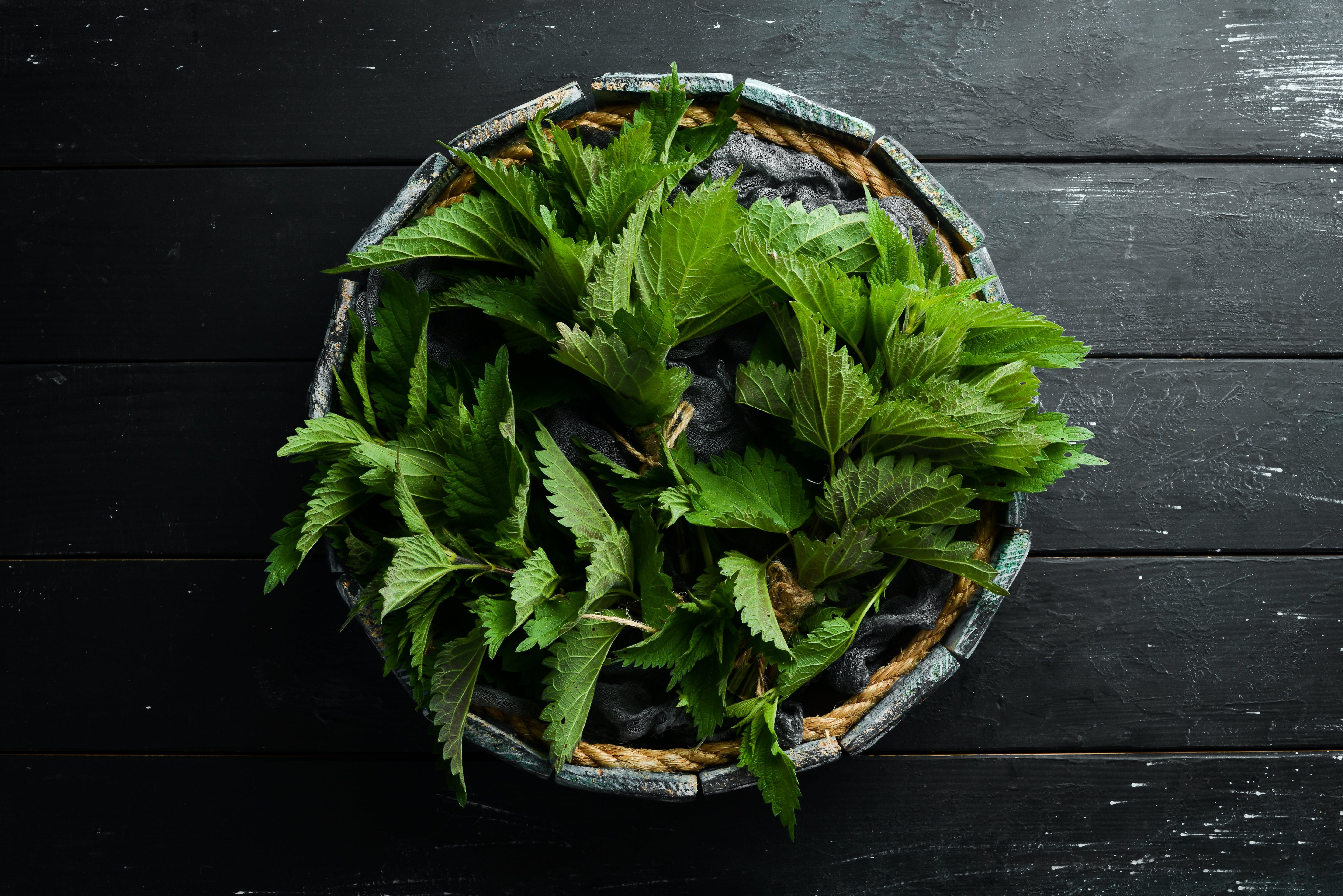Lapacho - Inca Tea - an ancient drink with miraculous properties

Lapacho, or "Inca tea", is a drink whose properties and healing effects were discovered long ago by the tribes of Central and South America. In traditional medicine of Latin American Indians, lapacho is still used for almost all ailments: colds, mycosis and even cancer. However, experts warn - lapacho can also cause side effects and there are many contraindications to its use.
Lapacho (Tabebuia impetiginosa), also known as pau d'arco, ipe roxo, taheebo or tahuari, is the name of a tree that grows in the rainforests of Central and South America. The inner layer of its bark is used to obtain dried fruit, which is used to make a drink called lapacho or "Inca tea".
"Inca tea" has been used for centuries by tribes in Central and South America to treat many ailments. For example, for the Garifuna tribe in Nicaragua, a decoction of lapacho bark is an antipyretic and antidiarrheal medicine. In Colombia, the Tikuna Indians treat a decoction of the whole plant as a cure for anemia and malaria, as well as a gargle for sore throats. Peruvian Indians treat diabetes with a decoction of the bark.
The composition of lapacho bark includes calcium, iron, magnesium, manganese, potassium, quercetin, carnasol, coenzyme Q10, alkaloids, hydrobenzoic acids and steroid saponins. However, special properties are attributed to two active substances isolated from lapacho, such as lapachol and beta-lapachone.
Laboratory tests have shown that lapacho bark stimulates the immune system cells called macrophages to function. In turn, other studies show that bark extract can kill bacteria (including staphylococci and streptococci) and fungi (including Candida albicans). Scientists also argue that lapacho works on the Herpes simplex virus (cold sores) and various influenza viruses. Therefore, "Inca tea" may have immunostimulating properties, i.e. strengthening the human immune system.
In addition, it has been shown that "Inca tea" has a positive effect on the digestive system. It is especially recommended for people struggling with ulcers. Lapacho reduces the secretion of stomach acid and increases the secretion of mucus, thus alleviating the symptoms of peptic ulcer disease. Laboratory studies have also shown that lapacho fights the Helicobacter pylori bacteria, which causes stomach ulcers.
Side effects
Human studies show that the active substance of "Inca tea" - lapachol - can reduce blood clotting. In addition, it can interact with aspirin and blood-thinning drugs, increasing the risk of bleeding. It can also increase the risk of bleeding in people with hemophilia. Therefore, lapacho should not be consumed by people with bleeding disorders and taking anticoagulants.
However, animal studies show that lapacho can contribute to fetal impairment, the development of congenital defects, and even increase the risk of miscarriage. Therefore, pregnant women and nursing mothers should absolutely avoid "Inca tea". It should also not be given to small children.
Lapacho (Tabebuia impetiginosa), also known as pau d'arco, ipe roxo, taheebo or tahuari, is the name of a tree that grows in the rainforests of Central and South America. The inner layer of its bark is used to obtain dried fruit, which is used to make a drink called lapacho or "Inca tea".
"Inca tea" has been used for centuries by tribes in Central and South America to treat many ailments. For example, for the Garifuna tribe in Nicaragua, a decoction of lapacho bark is an antipyretic and antidiarrheal medicine. In Colombia, the Tikuna Indians treat a decoction of the whole plant as a cure for anemia and malaria, as well as a gargle for sore throats. Peruvian Indians treat diabetes with a decoction of the bark.
The composition of lapacho bark includes calcium, iron, magnesium, manganese, potassium, quercetin, carnasol, coenzyme Q10, alkaloids, hydrobenzoic acids and steroid saponins. However, special properties are attributed to two active substances isolated from lapacho, such as lapachol and beta-lapachone.
Laboratory tests have shown that lapacho bark stimulates the immune system cells called macrophages to function. In turn, other studies show that bark extract can kill bacteria (including staphylococci and streptococci) and fungi (including Candida albicans). Scientists also argue that lapacho works on the Herpes simplex virus (cold sores) and various influenza viruses. Therefore, "Inca tea" may have immunostimulating properties, i.e. strengthening the human immune system.
In addition, it has been shown that "Inca tea" has a positive effect on the digestive system. It is especially recommended for people struggling with ulcers. Lapacho reduces the secretion of stomach acid and increases the secretion of mucus, thus alleviating the symptoms of peptic ulcer disease. Laboratory studies have also shown that lapacho fights the Helicobacter pylori bacteria, which causes stomach ulcers.
Side effects
Human studies show that the active substance of "Inca tea" - lapachol - can reduce blood clotting. In addition, it can interact with aspirin and blood-thinning drugs, increasing the risk of bleeding. It can also increase the risk of bleeding in people with hemophilia. Therefore, lapacho should not be consumed by people with bleeding disorders and taking anticoagulants.
However, animal studies show that lapacho can contribute to fetal impairment, the development of congenital defects, and even increase the risk of miscarriage. Therefore, pregnant women and nursing mothers should absolutely avoid "Inca tea". It should also not be given to small children.






